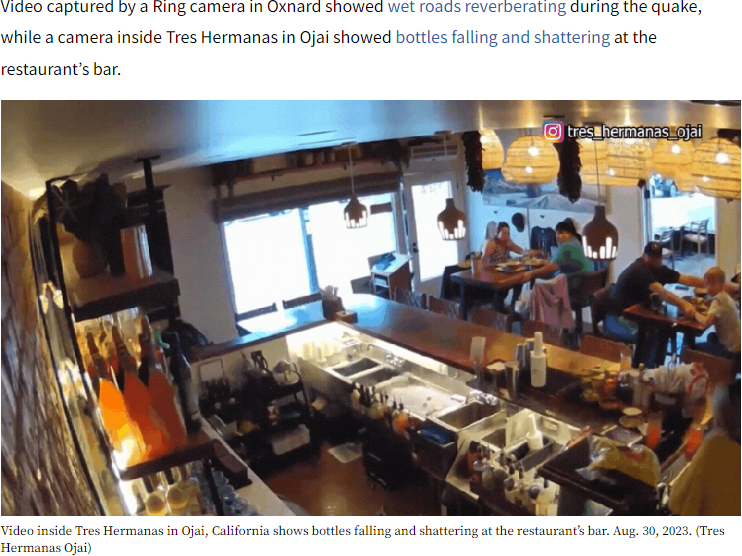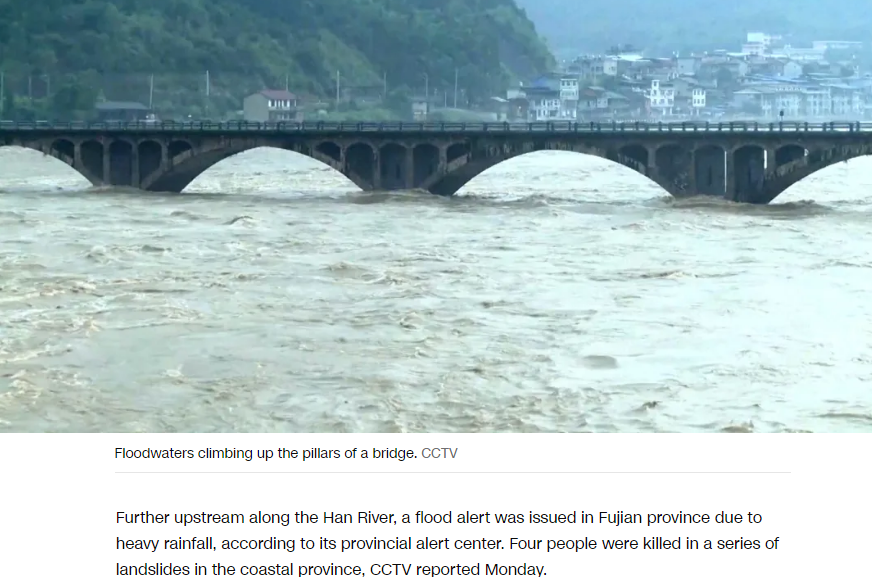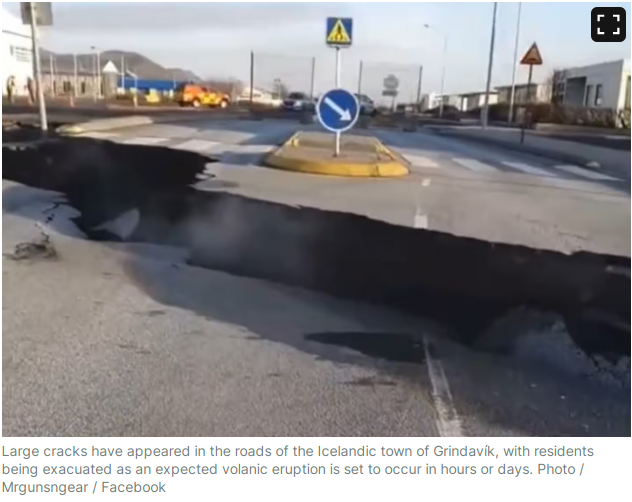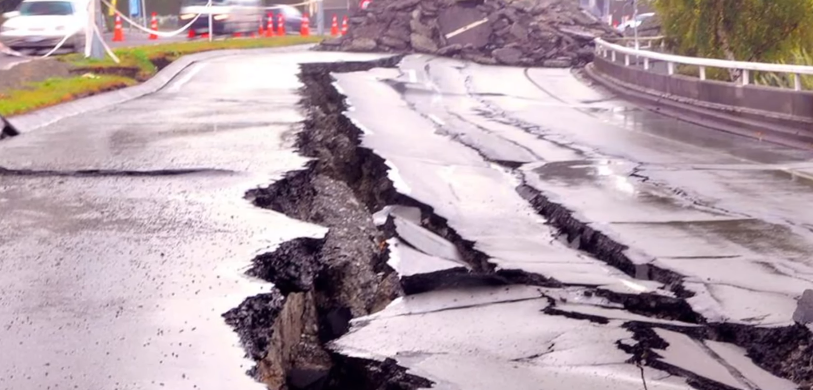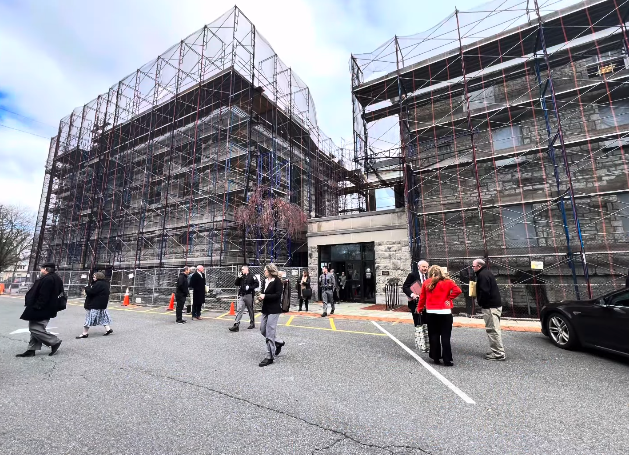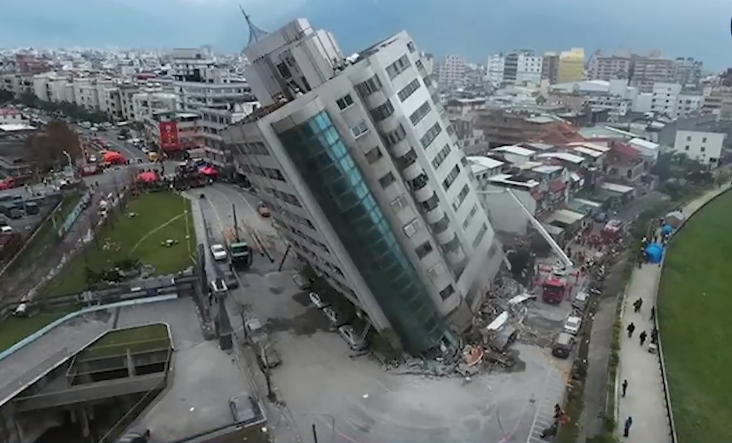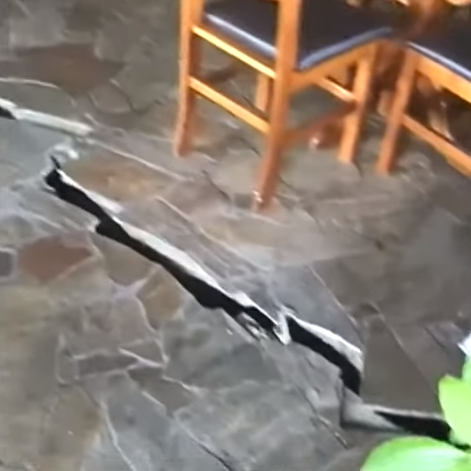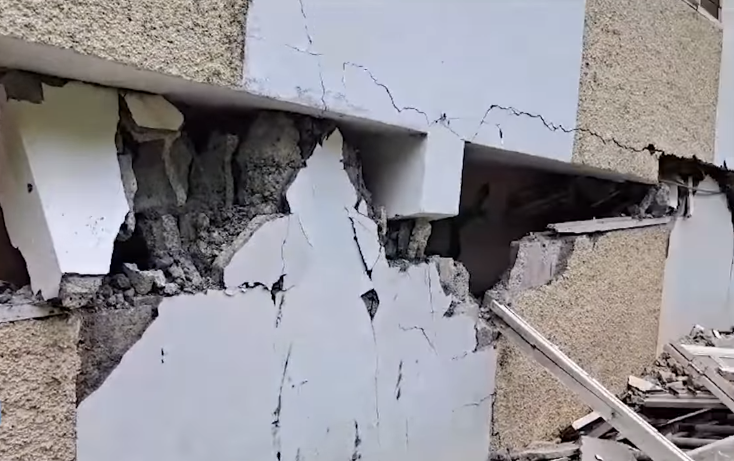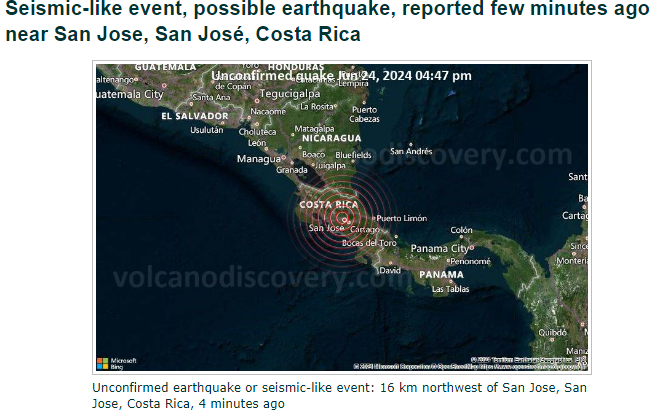San Diego, California, is known for its beautiful beaches and pleasant weather, but it is also located in a region prone to earthquakes. The city’s proximity to the San Andreas Fault and other active fault lines makes it essential for residents and visitors to be prepared for seismic activity.
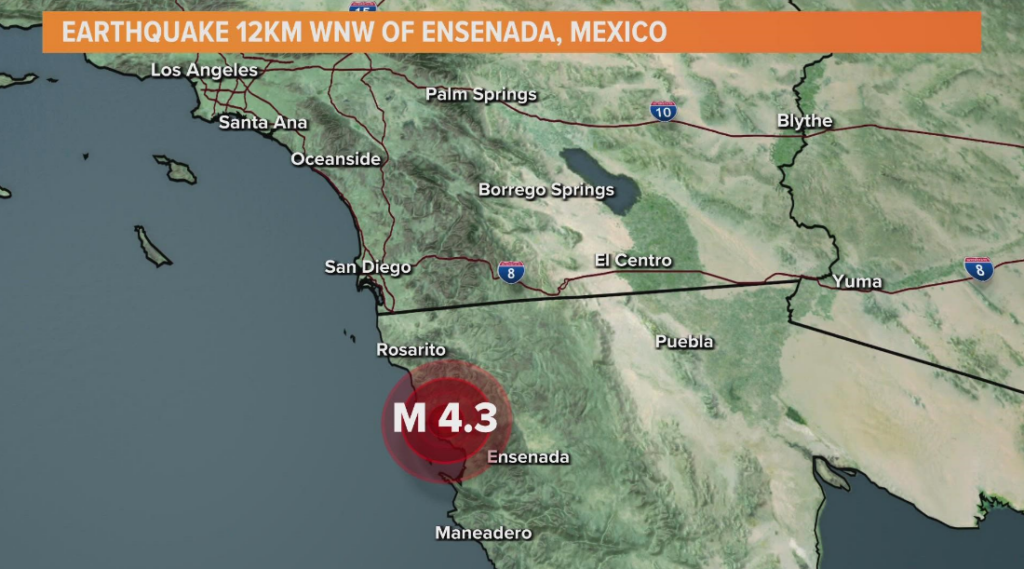
Earthquake Facts and Statistics
- Frequency of Earthquakes: San Diego experiences a significant number of earthquakes each year. According to the United States Geological Survey (USGS), there are approximately 8,300 earthquakes in or around San Diego annually, with about 127 of these quakes having a magnitude of 3 or higher.
- Magnitude of Earthquakes: While most earthquakes in San Diego are small, there is a risk of larger earthquakes. Since 1900, there have been at least 14 earthquakes with a magnitude of 6 or higher in the area, with the largest recorded earthquake being a magnitude 6.2 in 1862.
- Risk of Major Earthquakes: The Southern California Earthquake Center estimates that there is a 60% chance of a 6.7 or greater earthquake occurring in Southern California within the next few decades.
Preparing for an Earthquake
- Identify Safe Spots: Know the safest places in your home and workplace, such as under sturdy tables or in small rooms and hallways.
- Create a Family Disaster Plan: Establish an out-of-area contact, ensure everyone knows important phone numbers and addresses, and prepare a family disaster supplies kit.
- Eliminate Hazards: Secure heavy furniture and objects that could fall, and install strong latches on cupboards.
- Stay Informed: Stay updated on earthquake news and information through local news and official sources.
During an Earthquake
- Drop, Cover, and Hold: If indoors, drop to the ground, cover your head and neck with your arms, and hold onto a table or desk leg to protect yourself from falling debris.
- Avoid Hazards: Stay away from windows, heavy furniture, and other hazards that could cause injury.
- Stay Calm: If outdoors, crouch down and cover your head, and if in a vehicle, park safely and stay inside until the earthquake is over.
After an Earthquake
- Check for Damage: Inspect your home for damage and report any issues to authorities.
- Monitor News: Stay informed about the situation through local news and official updates.
- Be Prepared for Aftershocks: Expect aftershocks and use the drop, cover, and hold technique each time you feel one.
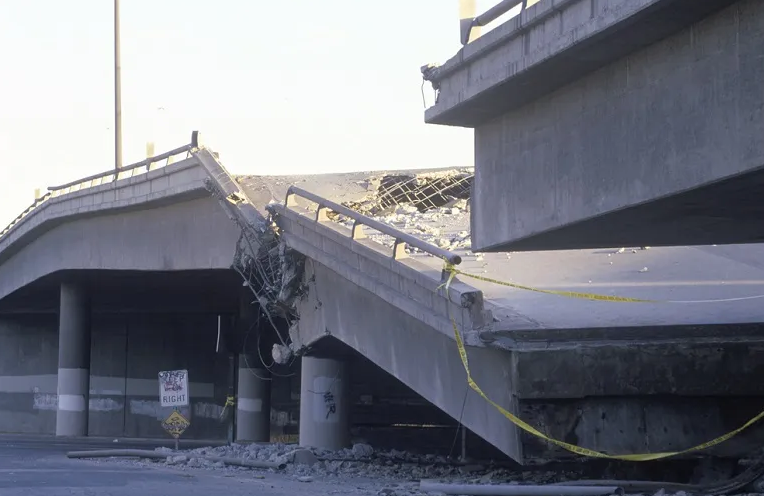
Conclusion
Earthquakes are a natural part of life in San Diego, but by being prepared and knowing what to do during and after an earthquake, you can minimize the risks and stay safe. Remember to stay informed, have a plan, and take necessary precautions to ensure your safety in the event of an earthquake.
Download our free earthquake safety tip sheet for more information and resources on preparing for earthquakes in San Diego.


